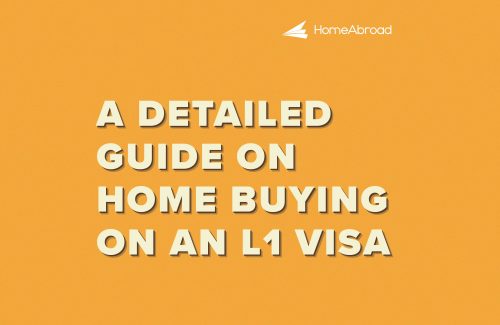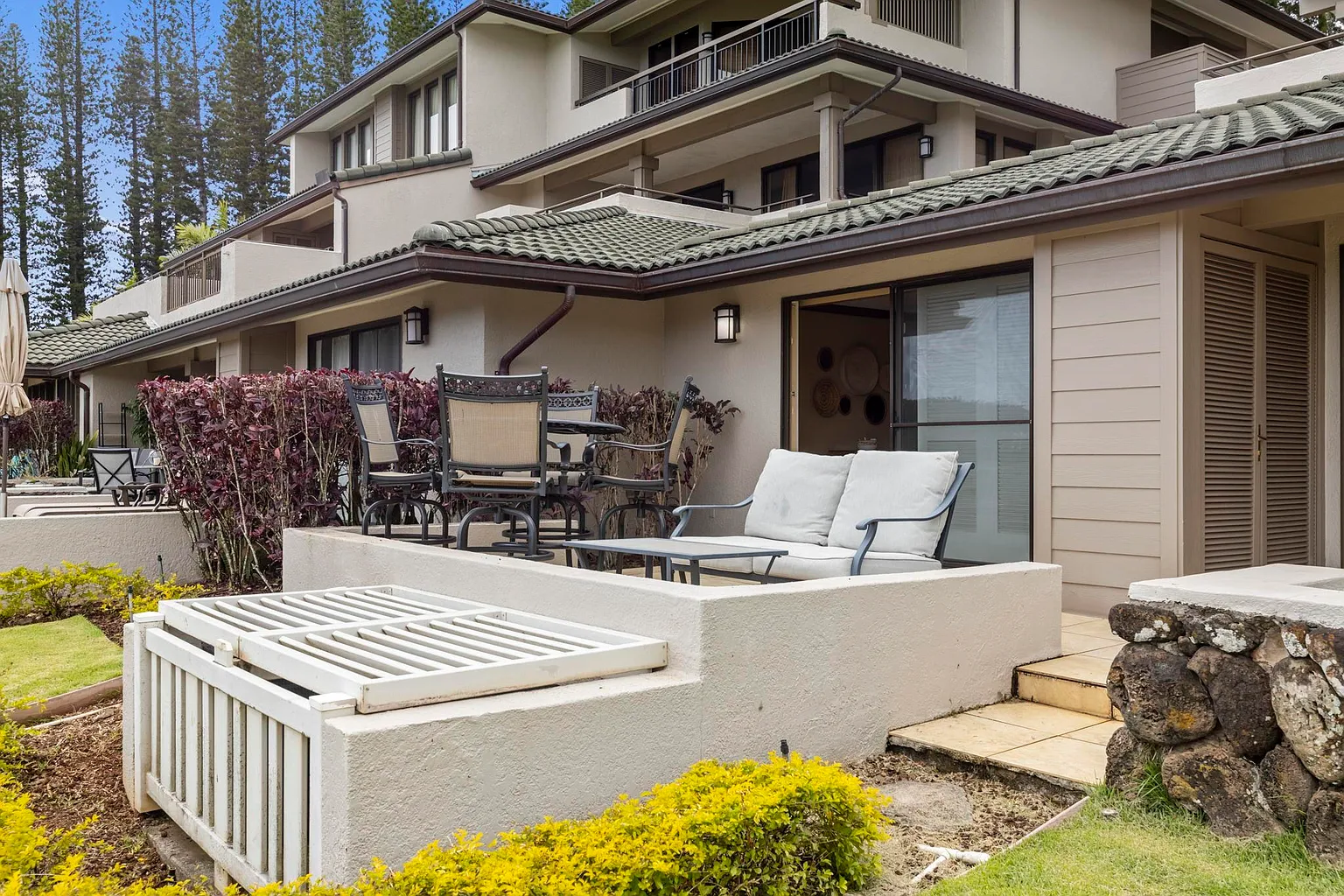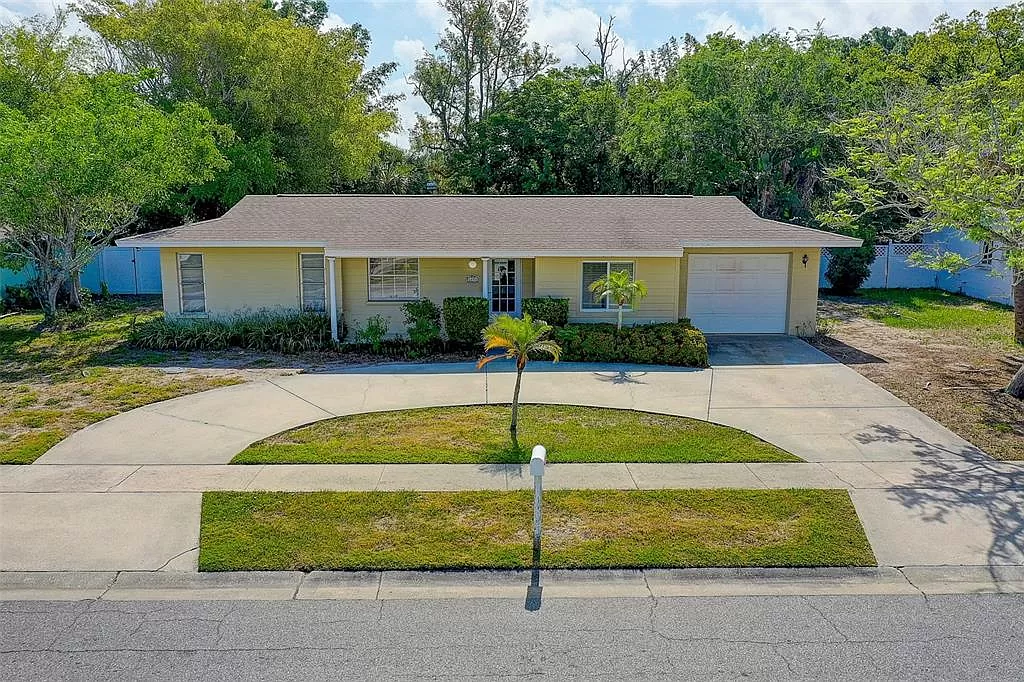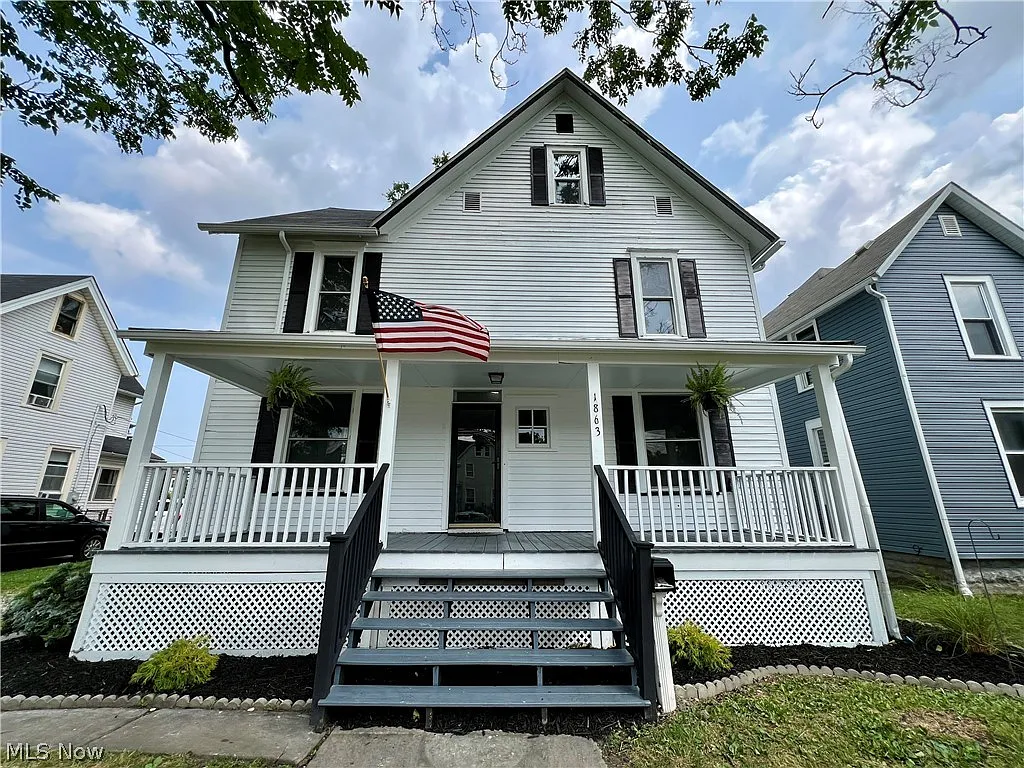Editorial Integrity
Making informed real estate decisions starts with having the right knowledge. At HomeAbroad, we offer US mortgage products for foreign nationals & investors and have a network of 500+ expert HomeAbroad real estate agents to provide the expertise you need. Our content is written by licensed mortgage experts and seasoned real estate agents who share insights from their experience, helping thousands like you. Our strict editorial process ensures you receive reliable and accurate information.
Many L1 visa holders assume that buying a home in the US is complicated, but in reality, it’s more achievable than you might expect. While there are specific requirements to meet, securing financing and purchasing a property is entirely possible with the proper guidance.
Whether you’re looking for a place to call home or an investment property, this guide provides the essential information to make informed decisions and avoid common pitfalls.
Let’s get started!
Table of Contents
Can an L1 Visa Holder Buy a House in the US?
Yes, L1 visa holders can buy a home in the US. There are no legal restrictions preventing non-citizens or temporary visa holders from purchasing real estate in the US. Whether you’re planning to live in the property or invest in real estate, homeownership is a safe and smart option.
However, securing a mortgage may require additional steps. Lenders typically assess factors such as your visa status, employment history, credit score, and the amount of your down payment. Some loan programs are designed explicitly for visa holders, making it easier to qualify even with a limited or no US credit history.
In this article, we will explore everything you need to know about buying a home on an L1 visa, including mortgage options, eligibility requirements, and a step-by-step guide to help you through the process.
Mortgage Options for L1 Visa Holders
L1 visa holders have multiple mortgage options, and eligibility depends on factors such as credit score, employment stability, income, and down payment amount. Here are the mortgage options available for those with and without a US credit history.
Mortgage Options for L1 Visa Holders without US Credit History
You don’t have to wait for years to build a US credit score before buying a home in the US. At HomeAbroad, we offer tailored mortgage solutions for foreign nationals on an L1 visa, making homeownership possible even without a US credit history.
Instead of relying on a US credit score, we assess international credit reports, proof of income, bank statements, and other financial factors from the home country to determine eligibility.
Suppose you’re looking to buy an investment property. In that case, we also offer DSCR (Debt Service Coverage Ratio) loans, which qualify you based on the property’s rental income rather than personal income or credit history. This option is ideal for L1 visa holders seeking to generate rental income from US real estate.
To learn more about mortgage options and find the right loan for your situation, check out our L1 Visa Mortgage Guide.
Mortgage Options for L1 Visa Holders with a US Credit History
L1 visa holders with an established US credit history have access to traditional mortgage options with competitive terms. Having a strong credit profile makes it easier to qualify for financing with lower down payments and better interest rates. Here are the mortgage options available:
Conventional Loans:
These loans are widely available to borrowers with a good credit score and stable income. A conventional mortgage is a home loan offered by banks and private lenders, providing flexible terms and competitive interest rates, making them a popular choice for L1 visa holders who meet standard lending criteria.
Note: Backed by the Federal Housing Administration, FHA loans were previously a popular option for visa holders due to their lower down payment and more lenient credit score requirements. However, as of May 25, 2025, FHA-insured loans are no longer available to non-permanent residents, including temporary visa holders such as L-1, J-1, H-1B, F-1, O-1, and DACA recipients.
Now, let’s walk through the step-by-step process to buy a home on an L1 visa.
Step-by-Step Process to Buy a Home on an L1 Visa
Buying a home on an L1 visa involves several key steps, from understanding mortgage options to closing the deal. Here’s a step-by-step breakdown to help you through the process:
Step 1: Estimate Your Budget
Before starting your home search, evaluate your financial situation, including your income, savings, and potential mortgage options. Consider factors such as down payment, monthly mortgage payments, property taxes, and maintenance costs to establish a realistic budget.
Step 2: Find a Lender
Finding the right lender is crucial for L1 visa holders. Working with lenders who have experience handling mortgages for foreign nationals simplifies the process and increases your chances of approval.
At HomeAbroad, we bring years of expertise in helping L1 visa holders secure mortgages with ease. We offer tailored mortgage options with competitive rates, flexible loan terms, and exceptional customer support.
With HomeAbroad’s expert guidance, you can access mortgage options that fit your financial situation and homeownership goals. Learn more about L1 visa mortgage options here.
Step 3: Get Pre-Approved
Mortgage pre-approval is a crucial step that determines how much you can borrow. HomeAbroad’s expert mortgage officers will guide you through the pre-approval process, ensuring you have all the necessary financial documents and a strong loan application.

Pre-qualify for a US mortgage as an international buyer.
No US credit history needed.
Step 4: Find the Right Property
Once pre-approved, begin your home search based on your budget and needs. At HomeAbroad, we leverage our AI-driven investment property search platform to help you find the perfect home that matches your criteria, investment goals, and preferred location. Our advanced technology streamlines the process, ensuring you gain access to top properties that meet your specific requirements.
Step 5: Make an Offer and Secure Financing
After finding the perfect home, make an offer. At HomeAbroad, our experienced agents will assist you in negotiating and crafting a competitive offer. Once your offer is accepted, our team will guide you through finalizing your loan, ensuring all paperwork and requirements are handled efficiently for a seamless transaction.
Step 6: Complete the Home Inspection and Appraisal
A home inspection ensures the property is in good condition and free from major structural or safety issues. It’s a crucial step to identify any potential repairs before finalizing the purchase. An appraisal, on the other hand, is conducted by a licensed appraiser to determine the home’s fair market value.
Step 7: Closing
Closing is the final step in the home-buying process. During this stage, you’ll review and sign all necessary documents, including the mortgage agreement and property deed. You’ll also pay the closing costs, which typically include lender fees, title insurance, and property taxes.
Once everything is finalized, the home’s ownership is officially transferred to you, and you’ll receive the keys to your new Home.
By following these steps and collaborating with experts who specialize in foreign national mortgages, you can successfully secure a home in the US and begin building your future.
Challenges L1 Visa Holders Face When Buying a Home
Buying a home on an L1 visa comes with unique challenges, but with the right strategy, these can be effectively managed. Here are some common obstacles L1 visa holders face and how to overcome them:
1. Mortgage Approval & Credit History Challenges
Obtaining a mortgage approval as an L1 visa holder can be challenging, particularly if you lack a US credit history. Many traditional lenders hesitate to offer loans due to concerns about visa status and credit risk.
How to Overcome: Work with lenders experienced in foreign national loans. HomeAbroad specializes in helping L1 visa holders secure financing, even without a US credit history. Instead of relying solely on US credit scores, our lenders assess proof of assets and credit reports from the home country.
2. Visa and Employment Concerns
Lenders may view the temporary nature of an L-1 visa as a risk, especially if it’s nearing expiration. This can make mortgage approval more challenging, as lenders prefer borrowers with long-term stability in their residency.
How to Overcome: Strengthen your application by showcasing job stability, employer sponsorship, and visa renewal history. If your employer has a proven track record of extending L1 visas or supporting green card applications, be sure to highlight this to lenders. A long-term employment contract or a history of renewals can reassure lenders that you have a stable future in the US, increasing your chances of mortgage approval.
3. Understanding the US Real Estate Market
Foreign nationals may find it challenging to understand the US home-buying process, including local market trends, property laws, and closing procedures.
How to Overcome: Work with real estate experts who specialize in assisting L1 visa holders. HomeAbroad’s CIPS (Certified International Property Specialist ) agents have extensive experience working with foreign buyers and will guide you through every step of the process, ensuring a seamless home-buying journey.
Success Story: How an L1 Visa Holder Achieved Homeownership in the US
For many L1 visa holders, buying a home in the US may seem like a complex process, but with the proper guidance, it’s achievable. Here’s the story of Mark Weber, a project manager from Germany, who successfully purchased a home with HomeAbroad while on an L1 visa.
Challenges he faced
Mark moved to the US on an L-1 visa and wanted to buy a home rather than rent. However, he faced a major hurdle due to a lack of a US credit history, making it difficult for him to secure a mortgage with traditional lenders.
Additionally, as a first-time homebuyer in the US, he found the process to be confusing. From understanding mortgage options to handling closing procedures, he wasn’t sure how to move forward.
How HomeAbroad Helped Overcome Challenges
After being rejected by multiple lenders, Mark turned to HomeAbroad, a trusted solution for foreign nationals looking to buy a home in the US. Even without a US credit history, HomeAbroad helped him secure a mortgage by evaluating his international credit report and stable employment record.
With HomeAbroad’s guidance:
- He secured a mortgage with competitive terms.
- HomeAbroad’s AI-driven property search helped him find a home in a great neighborhood.
- The entire process — from pre-approval to closing — was seamless, allowing him to move into his new home without unnecessary delays.
Outcome: Owning a Home in the US
Mark successfully closed on his home in Florida within just a few months. Instead of continuing to pay rent, he now owns a property that builds equity and provides stability for his family.
His story proves that L1 visa holders don’t have to wait years to buy a home; working with the right experts makes all the difference.
Get Pre-Approved for a Foreign National Mortgage as an L1 Visa Holder
Buying a home on an L1 visa is entirely possible with the right approach and guidance. While there may be challenges, such as securing a mortgage or understanding the US real estate market, working with experienced professionals can make the process seamless.
HomeAbroad simplifies homeownership for L1 visa holders by offering tailored mortgage solutions and streamlining the entire investment journey. With our AI-driven investment property search platform, you can discover top-yield rental properties across the US. From securing financing to finding the perfect home, our team ensures a smooth and stress-free experience.
We also provide services such as LLC setup, US bank account opening, property management, and end-to-end support, offering everything you need under one roof for a seamless homebuying journey.
Ready to buy a home on an L1 visa? Connect with HomeAbroad’s experts today and take the first step toward homeownership!

Pre-qualify for a US mortgage as an international buyer.
No US credit history needed.
Frequently Asked Questions
Can I buy an investment property on an L1 visa?
Yes, L1 visa holders are eligible to invest in US real estate. If you’re purchasing a rental property, a DSCR loan is a great option, as it qualifies you based on the property’s rental income rather than personal income or credit.
Can an L1 visa holder buy a home without a Social Security Number (SSN)?
Yes, L1 visa holders can buy a home without an SSN. HomeAbroad helps secure mortgages using an Individual Taxpayer Identification Number (ITIN) or foreign financial documents, making homeownership possible even without a US credit history.
What happens to my home if I have to return to my home country?
If you return to your home country, you still own the property. You can choose to sell it, rent it out for passive income, or keep it as an investment.









![Can Foreigners Buy Property in the USA? [2026]](https://homeabroadinc.com/wp-content/uploads/2021/07/CanForeignersBuyinUS.jpg)
![L1 Visa Mortgages for Primary Residence and Investment [2026]](https://homeabroadinc.com/wp-content/uploads/2024/10/TaxesforUSforeignBuyers-scaled.jpg)













